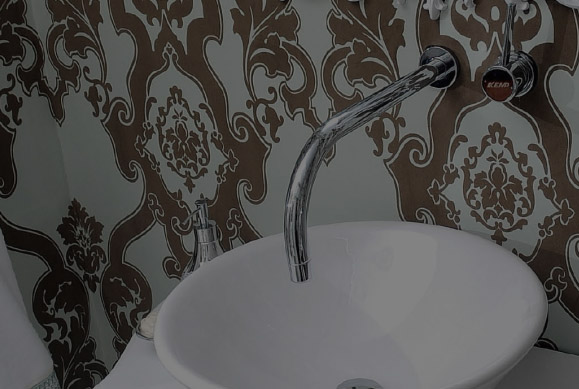Phone:+86-13906742187
Proper maintenance and regular cleaning are essential to ensure the longevity, performance, and hygiene of your kitchen faucet. Here's a guide to help you maintain and clean your kitchen faucet effectively:
1. Regular Cleaning:
Daily Wiping: After each use, wipe down the faucet with a clean, damp cloth to remove water spots, splatters, and residue. This prevents the buildup of grime and mineral deposits.
Use Mild Soap: For routine cleaning, use a mild dish soap or a gentle cleaning solution mixed with water. Avoid harsh abrasives, bleach, or ammonia-based cleaners that could damage the finish.
Soft Brush or Toothbrush: Use a soft-bristle brush or an old toothbrush to clean hard-to-reach areas, such as the aerator and around the base of the faucet.
2. Removing Mineral Deposits:
Vinegar Solution: If you notice mineral deposits (lime or calcium buildup) on your faucet, soak a cloth or paper towel in a mixture of equal parts white vinegar and water. Wrap the cloth around the faucet for about 30 minutes to dissolve the deposits. Then, gently scrub with a soft brush or toothbrush.
3. Aerators and Filters:
Remove and Clean Aerators: If your faucet has an aerator (the mesh screen at the end of the faucet), remove it periodically and soak it in a vinegar solution to remove mineral buildup. Rinse and reattach.
Check Filters: Some faucets have built-in filters. Refer to your faucet's manual for instructions on how to remove, clean, and replace these filters if necessary.
4. Protecting the Finish:
Avoid Harsh Materials: Avoid using abrasive sponges, scrubbers, or harsh cleaning agents that can scratch or damage the faucet's finish.
Dry After Cleaning: After cleaning, use a dry cloth to wipe down the faucet and remove any moisture. This helps prevent water spots and keeps the faucet looking shiny.
5. Maintenance Tips:
Handle with Care: Gently operate the faucet handles. Avoid using excessive force or over-tightening.
Fix Leaks Promptly: Address any leaks promptly to prevent water damage and maintain water efficiency.
Check Hoses and Connections: Periodically inspect hoses and connections for leaks or signs of wear. Replace any damaged parts.
6. Long-Term Maintenance:
Professional Checkup: Consider scheduling periodic professional maintenance for your faucet, especially if you notice any significant issues or if your faucet is older.
By following these maintenance and cleaning practices, you can ensure that your kitchen faucet remains in good condition, performs optimally, and enhances the overall hygiene and appearance of your kitchen.

 English
English Español
Español Deutsch
Deutsch 中文简体
中文简体














